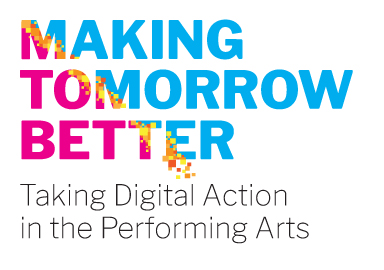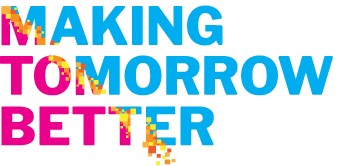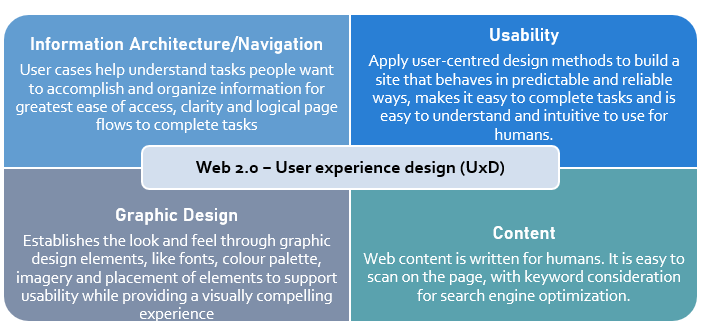The Essential New Web Building Blocks
Web 3.0 (the semantic web) is a new kind of Internet: Search engines provide answers to questions instead of web links to keyword searches. They will provide a complete answer that can make visiting your web completely unnecessary. And these answers may not provide links to alternatives. Web 3.0 relies on structured, open and linked data at its heart.
But most arts organizations still have not structured their data through standardized meta-data tagging to be reliably machine-readable, i.e. read and understood by search engines.
An effective web presence today still begins with the fundamentals of the past (writing and editing quality content, producing images and videos for your website and social media optimized for traditional SEO, navigation and usability).
The fundamental user experience design methods from the old web 2.0 world still have a role in 2022:
The essential building blocks for an effective semantic website (web 3.0 site) are quite different from the considerations of the past and include advanced SEO, structured data, and greatly improved discoverability via linked, open data directories.
The Past |
The New Essentials (Web 3.0) |
| – Website
– Social networks – Search rankings (traditional SEO) – Online Calendar of Events |
– Databases of content
– Common metadata standards to structure your data – Knowledge graphs – Linked, open data directories – Google Events, Answers from Rich Snippet, Knowledge Panels – Voice-activated search |
View or download the PDF of Building an effective web presence in 2022 – Understanding Search Engine Optimization
Written by Briana Doyle, Troubadours & Vagabonds Productions, and Inga Petri, Strategic Moves
December 2021
Links to Topics
Building an Effective Web Presence in 2022: First Impressions and Your Digital Footprint
Essential New Web Building Blocks
Understanding Search Engine Optimization (SEO)
Writing for people and coding for search engines
Content Drives Linking Strategy
Good design drives user experience and usability
Eight Steps to Building a Website for the Semantic Web
1. Know your Audience
Web development must focus on your audiences: Who are they? What do they want from you? What do you want from them?
2. Mobile-friendly, touch controlled site
Short texts, image driven (using web resolution, not high resolution), scrolling sites require a different architecture
3. Write texts to be spoken not only read
Writing content to be spoken requires a shift away from long, complex sentences, and toward short, meaningful text. Writing moves toward being spoken and away from being read.
4. Social media integration
Create a seamless user experience from website to social networks without dead-ends. Use social utilities on every page so users can share your content easily in their social media or connect to yours.
5. Content Management System (CMS)
Build your site on a proven, open-source CMS like WordPress, Wix, FourSquare or similar. For simplicity of ongoing implementation consider a CMS that has a strong universe of widgets and SEO plug-ins that use structured data based on schema.org’s standards.
6. SSL
Secure Socket Layer (SSL) is the standard for keep internet connections secure and safeguard data that is sent between two systems. Google favours sites in its search listings that use SSL, i.e. the URL appears as https instead of http.
7. Search Engine Optimization (SEO) matters
Long-standing methods of keyword-based and basic technical SEO still apply
8. Machine-readable structured data
Use a good CMS with structured data and SEO plug-ins, so you don’t need to code meta-tags manually. Simply use the tools available to make your content machine-readable. Or hard code the necessary structured data for your important events and activities.
This installment of the Digital Playbook focusses on Understanding Search Engine Optimization to help readers understand and adopt new, more effective ways of building or updating your website.






